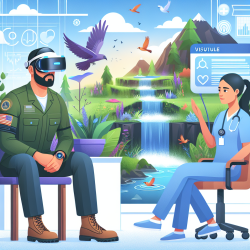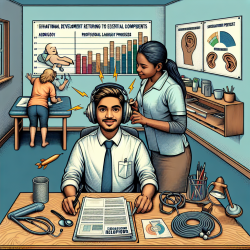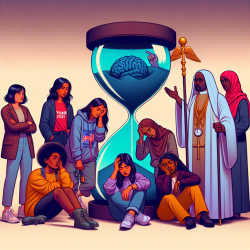Introduction
Bioterrorism poses a significant threat to public health, particularly affecting vulnerable populations such as children. The research article "Bioterrorism and Children" by Leissner, Holzman, and McCann provides valuable insights into the unique concerns associated with infection control and vaccination in pediatric settings. This blog aims to help practitioners improve their skills by implementing the outcomes of this research and encouraging further exploration into this critical area.
Understanding the Vulnerability of Children
Children are more susceptible to biologic agents due to their higher metabolic and respiratory rates, frequent hand-to-mouth activities, and proximity to the ground. These factors make them particularly vulnerable during a bioterrorism event. Practitioners must be aware of these vulnerabilities to effectively manage and protect pediatric populations.
Key Infection Control Measures
The research highlights four general issues of infection control in pediatrics, which apply regardless of bioterrorism involvement:
- Early recognition and identification of the agent
- Notification of public health agencies
- Decontamination, infection control safety measures, isolation, and quarantine
- Treatment, prophylaxis, and vaccination
Practitioners should familiarize themselves with these measures to ensure prompt and effective responses in the event of a bioterrorism incident.
Vaccination Strategies
Vaccination plays a crucial role in mitigating the effects of bioterrorism. The article discusses the availability and limitations of vaccines for children, such as anthrax and smallpox vaccines. Practitioners should stay informed about the latest developments in vaccine research and consider the potential adverse effects, especially in young children.
Enhancing Preparedness and Response
Preparedness is key to managing bioterrorism threats effectively. The research emphasizes the importance of integrating bioterrorism medicine into medical education and training programs. Practitioners should advocate for and participate in training sessions to enhance their knowledge and skills in crisis management and response.
Encouraging Further Research
While the article provides a comprehensive overview of bioterrorism and children, it also highlights areas that require further research. Practitioners are encouraged to explore these gaps and contribute to the body of knowledge, ultimately improving outcomes for children in bioterrorism scenarios.
Conclusion
Bioterrorism presents unique challenges in pediatric care, requiring practitioners to be well-prepared and informed. By understanding the vulnerabilities of children, implementing effective infection control measures, and staying updated on vaccination strategies, practitioners can enhance their skills and contribute to better outcomes for children. To delve deeper into the original research, please follow this link: Bioterrorism and children.










